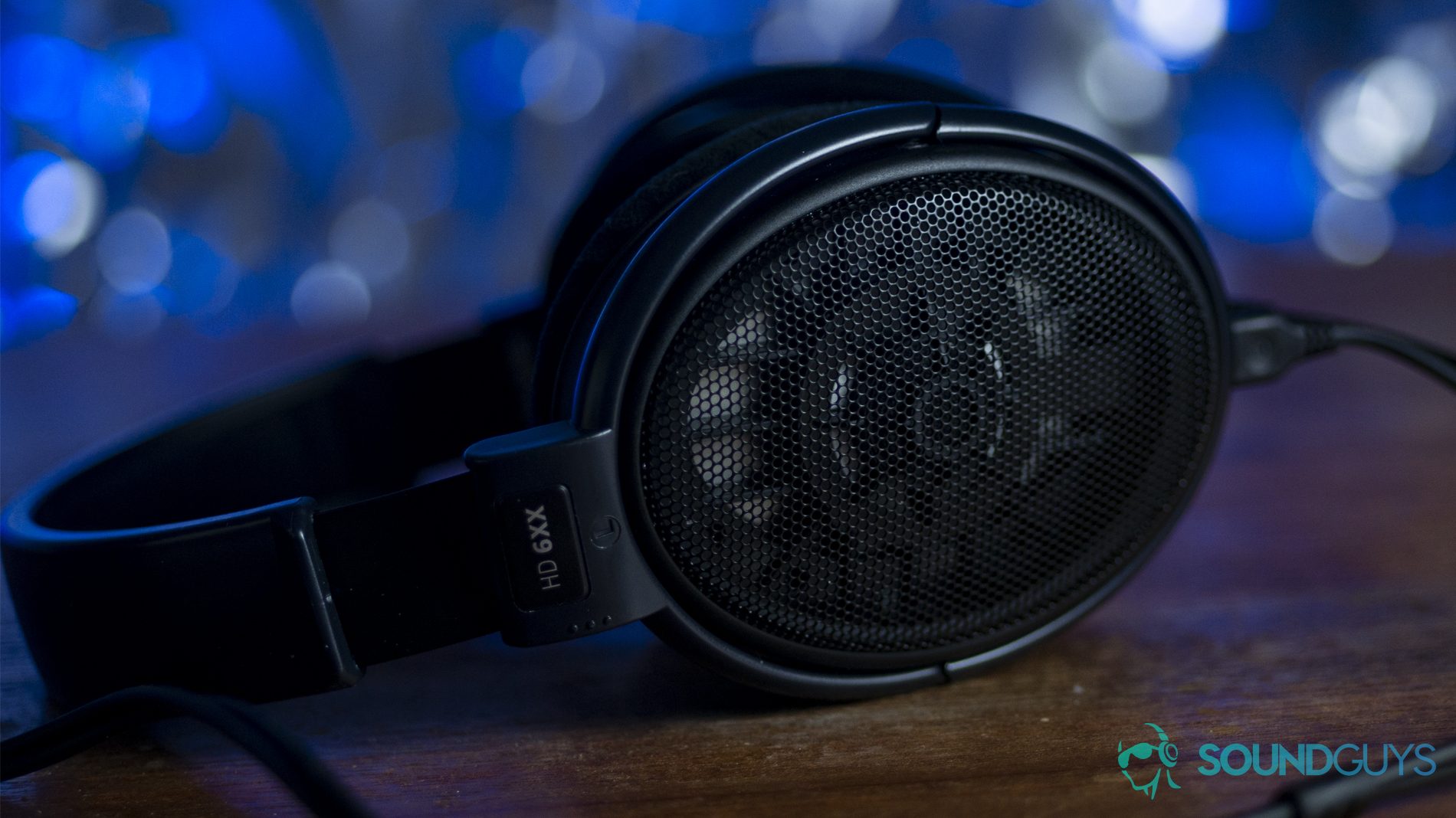I'll see what I can do on this, thewas. I haven't run across any measurements made on the HBK 5128 for the HD600 though yet, either by Amir, Jude, The Sound Guys, or Harman.
It looks like there are some pretty good measurements available for the Sennheiser HD280 Pro, 599, 650, 6XX, and 800S though. And probably also some other popular headphones, like the AKG K371 and K702, AudioTechnica M40x and M50x, Beyer DT 700 Pro X, 900 Pro X, and 80 ohm 770 Pro, Shure SRH 840 and 1540, Sony MDR-7506, Focal Utopia, HFM Sundara, Monolith M1070C, and some wireless and NC headphones by Bose, Sony, and Apple(?). And Jude also has 5128 plots for a few other higher-end headphones, like the Audeze CRBN and LCD-5, DCA Stealth and Expanse, Focal Clear Mg, and Meze Empyrean. So I could probably do some DF compensated plots for most of these.
The HD6XX and K371 were going to be the next two on my list though, after the HD650 and HD800S. And I'll probably be adding some other targets based on different kinds of loudspeakers and their SP responses as well.



